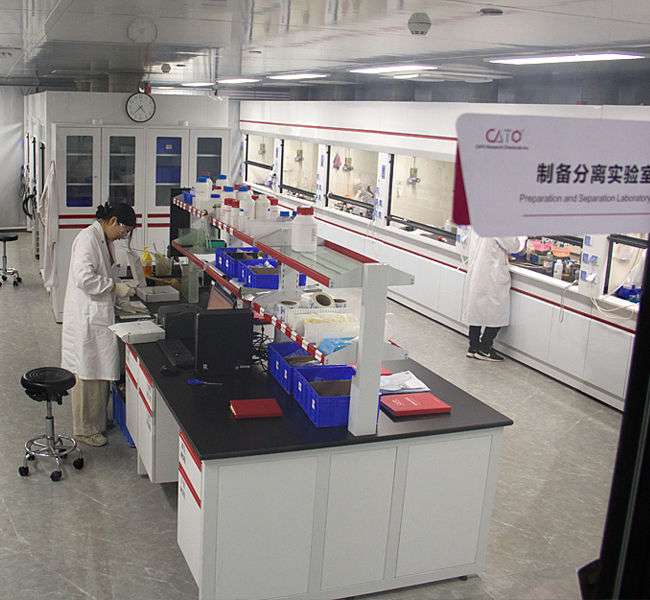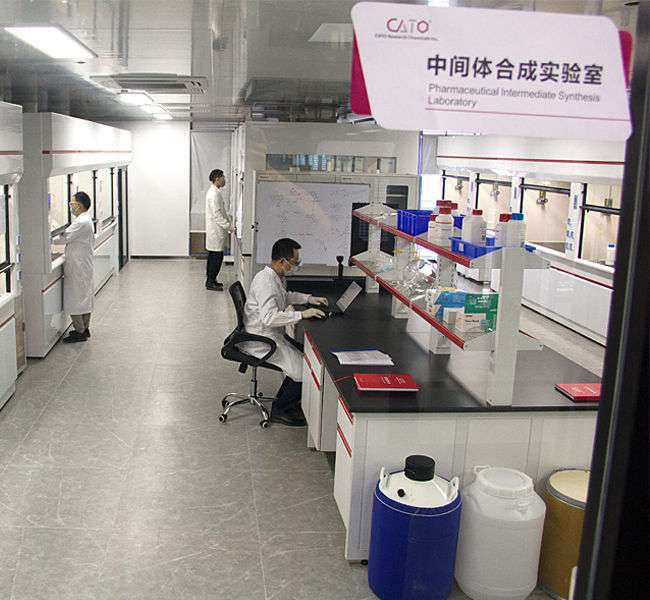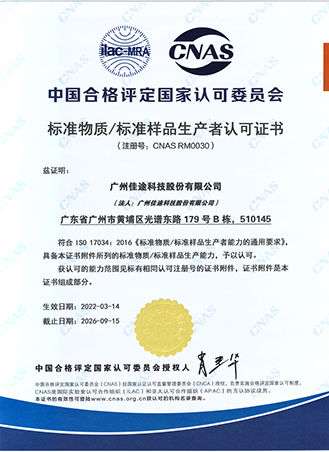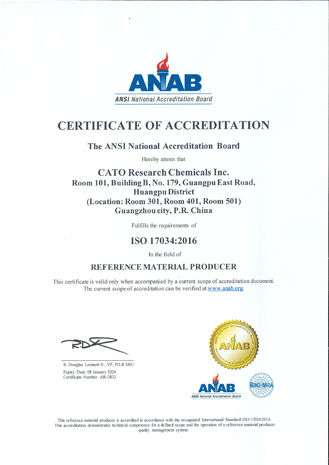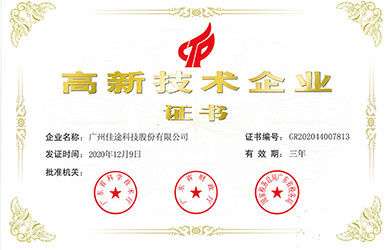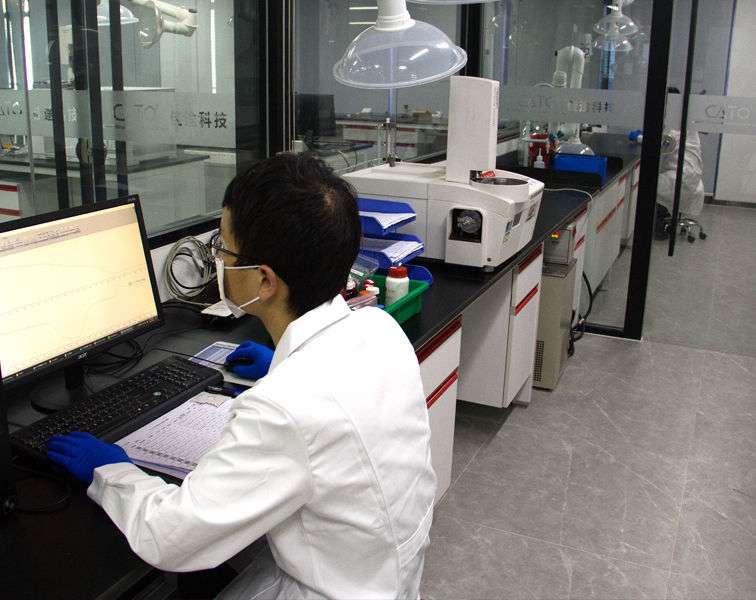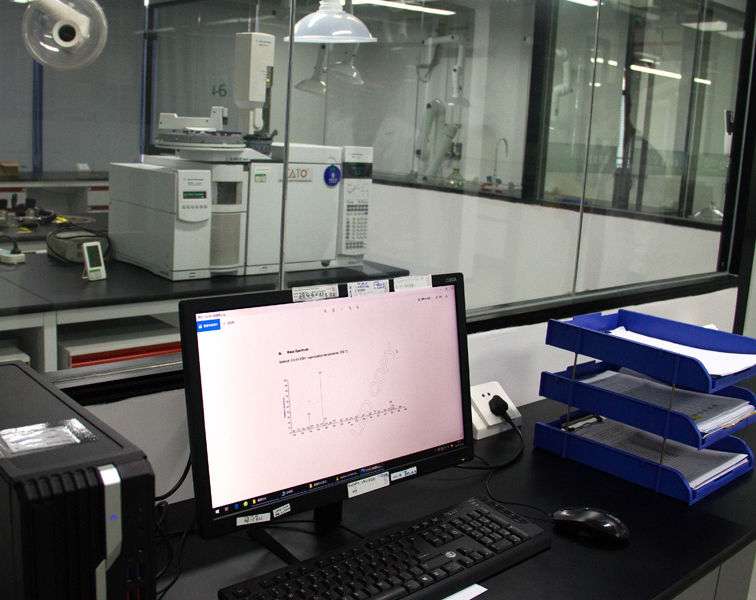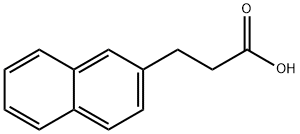3,4-DIAMINOTHIOPHENE DIHYDROCHLORIDE: Comprehensive User Guide
Table of Contents
1. Product Overview & Specifications
3,4-Diaminothiophene Dihydrochloride (CAS 112022-61-8) is a critical intermediate in organic synthesis, particularly for conductive polymers like PEDOT. Key parameters:
| Parameter | Specification | Competitor A | Competitor B |
|---|---|---|---|
| Purity | ≥98% | 95% | 97% |
| Molecular Weight | 211.12 g/mol | 211.10 g/mol | 211.11 g/mol |
| Storage | 2-8°C, dry | Ambient | 2-8°C |
2. Key Applications
- Conductive Polymers: Core monomer for PEDOT synthesis in flexible electronics.
- Biosensors: Enhances signal transduction in electrochemical sensors.
- Anticorrosion Coatings: Improves durability in industrial coatings.
- Organic Semiconductors: Used in OLEDs and photovoltaic devices.
3. Usage Guidelines
3.1 Handling & Storage
Store in airtight containers under inert gas. Avoid prolonged exposure to light.
3.2 Synthesis Protocol
Typical PEDOT polymerization: Dissolve 0.1 mol in 500 mL acidic aqueous solution, oxidize with Fe(III) tosylate at 40°C for 24h.
4. Case Studies
4.1 Transparent Electrodes for Solar Cells
TechCorp Inc. achieved 15.2% efficiency in perovskite solar cells using PEDOT:PSS synthesized with our product.
5. Client Success Stories
5.1 BioElectron Labs (2023)
Challenge: Low-sensitivity glucose biosensors.
Solution: Implemented our 98% pure compound in sensor fabrication.
Result: 300% sensitivity improvement; FDA approval obtained.
5.2 Polyrise Materials (2024)
Challenge: Unstable conductive inks for printed electronics.
Solution: Optimized ink formulation using our dihydrochloride salt.
Result: 12-month shelf life achieved; €2M contract secured.
6. Contact for Inquiries
Email: info@vivalr.com
Phone: (86) 15866781826
Request custom synthesis protocols or bulk pricing today.




